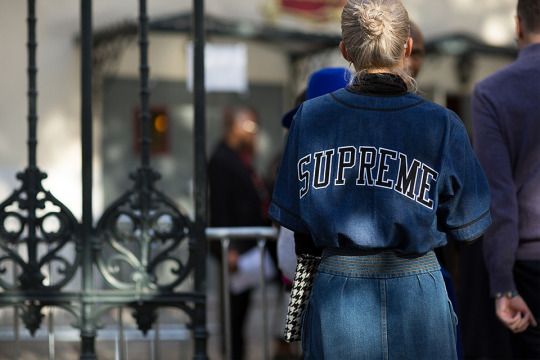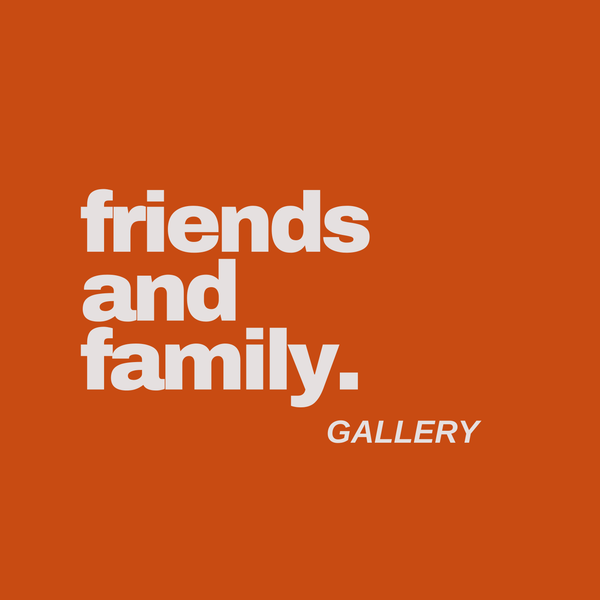
Streetwear Showdown: UK vs. American Streetwear Culture
Streetwear has long been a cornerstone of global fashion, weaving influences from music, art, and youth culture into its designs. However, when comparing the streetwear cultures of the UK and the US, we find two distinct approaches to the art form. While both have left indelible marks on global fashion, their styles, ethos, and cultural contexts diverge significantly.

The Foundations of Streetwear
In the US, streetwear’s origins trace back to the skateboarding scene of the 1980s and 1990s, with brands like Stüssy and Supreme leading the charge.

The aesthetic was heavily influenced by California surf culture and New York’s gritty urban vibe. Across the Atlantic, the UK’s streetwear culture emerged from working-class roots, intertwined with grime music, football hooliganism, and London’s underground creative scene. Brands like Palace and Trapstar reflect this raw, urban energy.

Key Brand Comparisons
-
Supreme vs. Palace
Supreme, synonymous with American streetwear, thrives on exclusivity and hype, partnering with heavyweights like Louis Vuitton and Nike. Its iconic red box logo is recognized globally. Palace, the UK's answer to Supreme, offers a cheeky, irreverent twist. With skateboarding at its core, Palace adds a uniquely British humor and aesthetic to its collections, favoring bold graphics and a playful edge.

-
Denim Tears vs. Trapstar
Denim Tears embodies American streetwear’s deeper storytelling, using fashion to highlight Black culture and history. Its signature cotton wreath logo carries cultural significance and reflects a strong identity.

Trapstar, a London-based brand, exudes a more rebellious vibe, drawing inspiration from UK grime culture and the streets of West London, where its founders started selling pieces out of the trunk of a car.

-
Corteiz vs. Broken Planet
Corteiz, the brainchild of Clint419, has become a cult favorite for its guerrilla marketing tactics and deep ties to UK youth culture. Its "rules the world" tagline resonates with a community-first ethos.

On the other hand, Broken Planet channels eco-conscious streetwear, a trend gaining momentum in both regions, but its UK roots give it a sustainable edge that appeals to the climate-conscious Gen Z crowd.

Trends and Aesthetic Contrasts
-
US Trends
American streetwear is all about bold statements, oversized silhouettes, and a mix of luxury and grit. Brands often collaborate with high-end designers, bridging the gap between streetwear and haute couture. The focus remains on individuality and rebellion, often embracing vintage Americana influences.

-
UK Trends
UK streetwear feels grittier and more community-focused, with an emphasis on storytelling and identity. Influences from grime, drill, and football culture shape its aesthetic, which leans toward utility, layered looks, and muted color palettes. Corteiz’s tactical pieces and Trapstar’s dark, urban designs epitomize this ethos.

Cultural Impact
Both the UK and the US have profoundly influenced streetwear globally, but in different ways.
-
The US pioneered the streetwear movement and cemented its cultural relevance, with American brands like Supreme and Off-White becoming global icons. Through pop culture, hip-hop, and collaborations with Hollywood celebrities, the US has positioned streetwear as a worldwide phenomenon.
-
The UK, however, has cultivated a more subversive and localized scene. Brands like Palace and Corteiz have gained international attention while remaining deeply rooted in British culture. UK streetwear also influences through music, with grime artists like Skepta and Stormzy bringing British street fashion to the global stage.
Who Has Made a Bigger Impact?
While American streetwear undeniably laid the foundation for the culture, the UK's contribution is increasingly difficult to ignore. The US may dominate in terms of global reach and the sheer scale of its brands, but the UK’s authentic and culturally grounded approach resonates strongly with today’s fashion-forward youth.
Ultimately, the choice between UK and American streetwear comes down to personal preference. Are you drawn to the polished hype and bold statements of American streetwear, or the gritty, community-driven ethos of British brands? Whichever you choose, one thing is clear: both have shaped the streetwear landscape in monumental ways.
Which side of the Atlantic do you think rules the streetwear game? Let us know in the comments!
